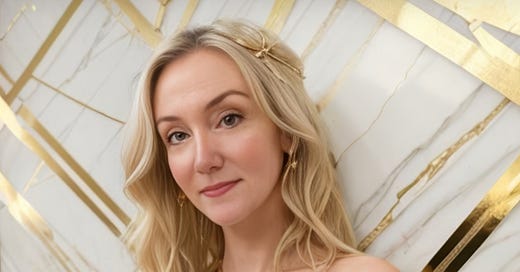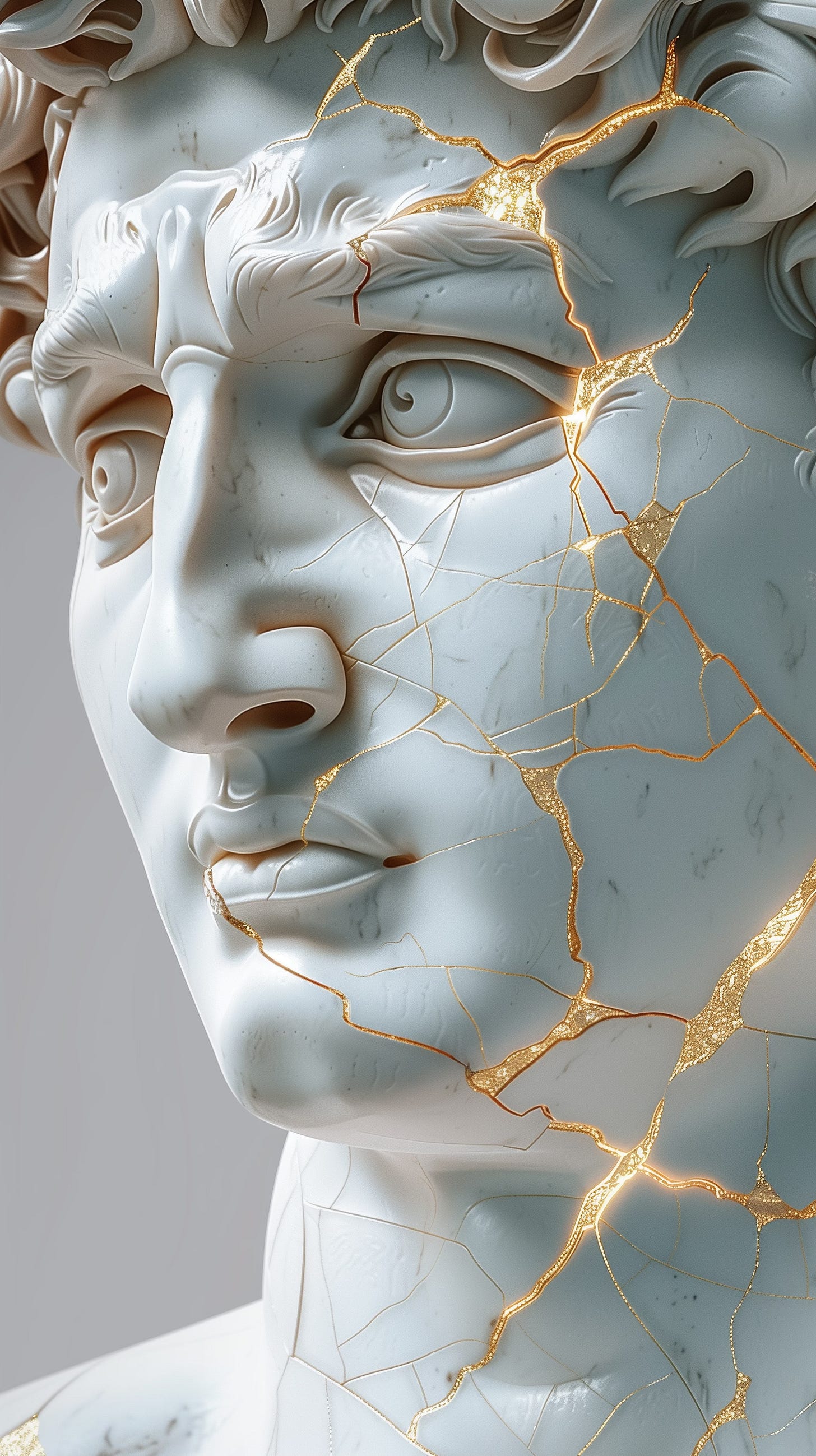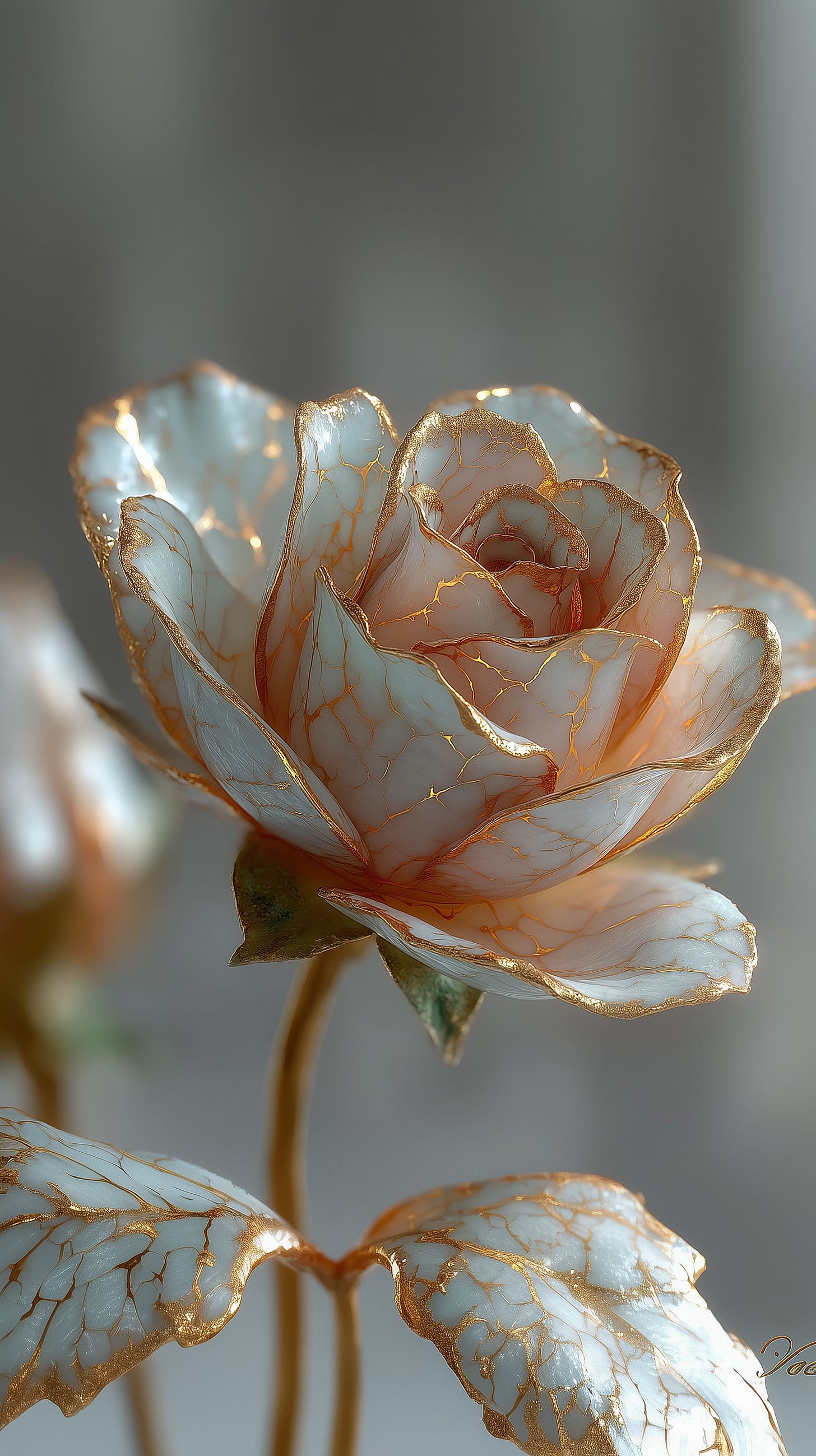Imagine if every challenge, every setback, and every moment of feeling held back could actually make you stronger. In Japan, there’s a beautiful tradition called Kintsugi (金継ぎ), which means “golden joinery.” Instead of discarding broken pottery, artisans repair it with lacquer dusted or mixed with powdered gold. The cracks aren’t hidden—they’re highlighted, making the piece even more valuable than before.
What if we embraced our challenges and healing journeys in the same way?
The Philosophy of Kintsugi: Why Healing Can Be Beautiful
Transformation through Mending:
Just like pottery, when we mend from challenges—whether they’re physical injuries or emotional setbacks—the process shapes us. It’s not about pretending the struggle didn’t happen, but about acknowledging that the way we repair ourselves can make us more resilient.Highlighting Strength:
Kintsugi teaches us to showcase our mended places with pride. The cracks don’t lessen the value of the pottery—they add to its story. In our own lives, finding ways to keep moving forward despite difficulties is a reflection of our inner strength.Adapting to Change:
Sometimes, mending requires adjusting how we approach things. For example, when I recently sprained my ankle, I found creative ways to stay active through chair exercises, which helped me maintain strength without risking further injury. Adjusting my routine didn’t mean giving up; it meant finding a new way to thrive.Increased Value through Flexibility:
The beauty of mending lies in its adaptability. Just as Kintsugi pottery becomes more valuable after repair, our ability to find new ways to move, cope, or heal makes us more adaptable and resourceful.A New Perspective on Challenges:
Instead of seeing setbacks as failures, it’s about celebrating how we adapt and overcome. Whether it’s a physical injury or emotional pain, finding creative ways to mend ourselves adds richness to our stories.
Personal Reflection: My Journey to Mending
Have you ever faced a situation that made you feel like your progress came to a halt? How did you find a way to move forward despite the challenge?
Recently, I found myself in this situation when I sprained my ankle. At first, I felt defeated, worried about how I would stay active and keep up with my goals. Then I realized that just because I couldn’t move the way I usually did, it didn’t mean I had to stop altogether. I started incorporating chair exercises and gentle stretches to maintain my routine without straining my injury.
It was a reminder that mending doesn’t mean going back to how things were before—it means finding a new way to thrive. Through this process, I’ve learned to appreciate how being adaptable can make me stronger. The experience taught me that healing isn’t just about recovery; it’s about evolving and honoring the journey.
Mending Your Own Way
When life hands you a setback—whether physical, emotional, or situational—how can you creatively adapt? What parts of your life can you mend with a little bit of golden resilience?
Let your story be one of transformation, where your challenges become beautiful parts of your journey. Just like Kintsugi, your mended places make you more valuable and unique.







